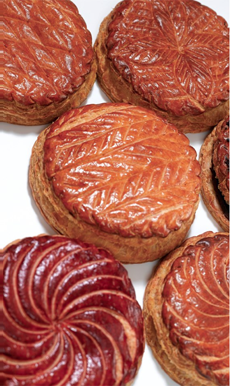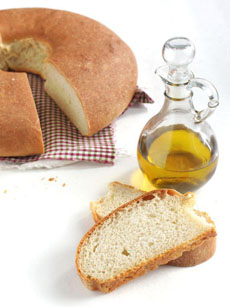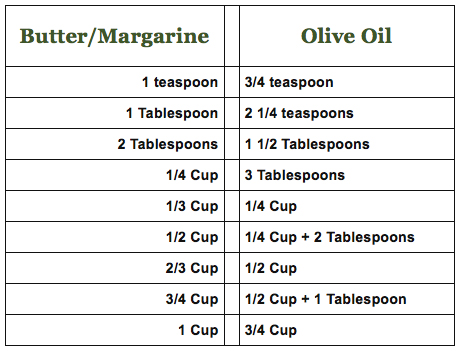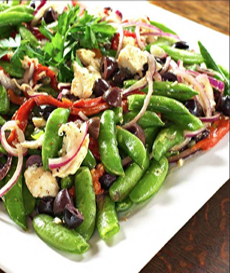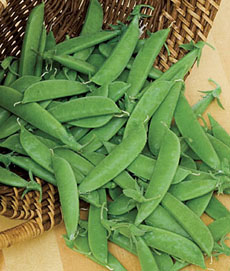
Berries are fragile. Don’t buy them unless
you plan to eat them within two days. Photo
courtesy California Strawberry Commission. |
|
We adapted this article from the original on Vegetarian Times because we’re guilty of throwing out a lot of spoiled produce.
But we’re no different from the rest of America. Back in 2002, researchers at the University of Arizona, working with the United States Department of Agriculture, spent a year tracking families’ food-use habits.
What they discovered: The average family tossed out 470 pounds of spoiled food per year, about $600 worth, representing some 14% of the food brought into the home. Nationally, we dump $43 billion worth of food every year.
It seems that intentions were good, because families bought lots of fresh fruit and produce. But every day, researches discovered, these households discarded more than half a pound of fruits and vegetables that had gone bad. The spoiled food represented a staggering one-fourth of all the produce purchased.
So how can you waste less produce, and equally as importantly, consume the nourishment that gets tossed along with the money spent?
For starters, you could buy only what you need for a day or so, and then be sure to eat it. Put it front and center on the refrigerator shelf.
But many of us are too busy to shop that often, so Plan B is: Take better care when you buy and store produce. Here’s what to do:
|
|
BE AWARE OF ETHYLENE
Be aware that more than a few fruits give off high levels of ethylene gas, an odorless, colorless gas that speeds the ripening and decay of other, ethylene-sensitive, produce. That’s why you can quickly ripen ethylene-sensitive fruits, like stone fruits, by enclosing them in a paper bag with an ethylene-generating fruit like an apple or a banana. Here’s how to divide and conquer:
Ethylene Generators/Refrigerate The Produce: apples, apricots, cantaloupe, figs, honeydew, kiwi, mangoes
Ethylene Generators/Don’t Refrigerate The Produce: avocados, bananas (unripe), nectarines, papaya, peaches, pears, plums, tomatoes
Ethylene Sensitive/Keep Away From Ethylene Generators: asparagus, bananas (ripe), berries, broccoli, Brussels sprouts, cabbage, carrots, cauliflower, cucumbers, eggplant, lettuce/leafy greens, parsley, peas, peppers, squash, summer squash, sweet potatoes, watermelon
|
|
For longer life:
Keep the ethylene-producing fruits apart from ethylene-sensitive fruits and vegetables.
Keep the produce whole; don’t even remove the stem of an apple until you’re ready to eat it. As soon as you damage the integrity of the fruit or vegetable, create an environment where microorganisms start to grow.
Never refrigerate potatoes, onions, winter squash or garlic. Keep them in a cool, dark, place, but separate them so their flavors and smells don’t migrate. They can keep up to a month or more.
Store cold-sensitive fruits and vegetables on the counter; they’ll lose flavor and moisture in the fridge. These include garlic, onions, potatoes and tomatoes. The first three should be stored in cool, dark places.
The worst thing to do is to seal fruits and vegetables in an airtight bag. It stops their respiration—yes, produce does breathe—suffocating them and speeding up decay.
Check the vegetable bins for mold and decay. Mold proliferates rapidly and will contaminate other produce.
Consider an ozone-generator like BerryBreeze, which reduces the ethylene.
|
|

Apples have great staying power, especially when refrigerated. Stock up; but if the apples are turning soft, turn them into baked apples or compote. Photo courtesy USA Apple.
|
We use a Berry Breeze in the fridge, and also place an ethylene gas guardian (E.E.G., also called an ethylene gas absorber) in the produce crisper drawers. These products actually absorb ethylene. Check out Bluapple and ExtraLife.
There are also produce bags are also on the market, such as those by Debbie Meyer Evert-Fresh Green Bags and BioFresh, which absorb ethylene and support respiration.
SHOPPING TIPS
If you’ll be making several stops between the market and kitchen, get a cooler for your car. When you get home, put the produce into the fridge as soon as possible.
Shop farmers markets early in the day. Just-harvested greens wilt rapidly once they’ve been in the sun for a few hours.
EATING TIPS
Eat more perishable items first: Berries last only a few days, oranges can last for months. Cucumbers will remain fresh longer than leafy greens. Before you put the item in your shopping cart, think of its longevity and when you will consume it.
If your produce has peaked and you still haven’t eaten it, quickly cook it. Make fruit compote or soup, and toss it into the freezer.
Produce with the best staying power: apples, beets, cabbage, carrots, celery, garlic, onions, potatoes, winter squash.
|
|
